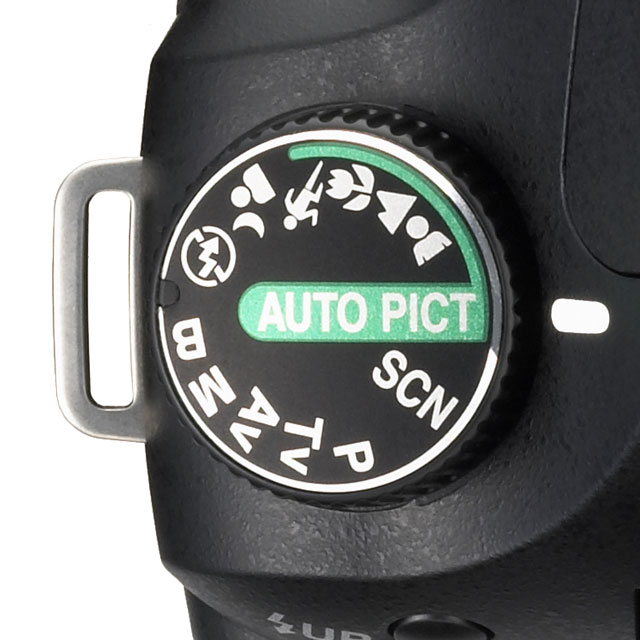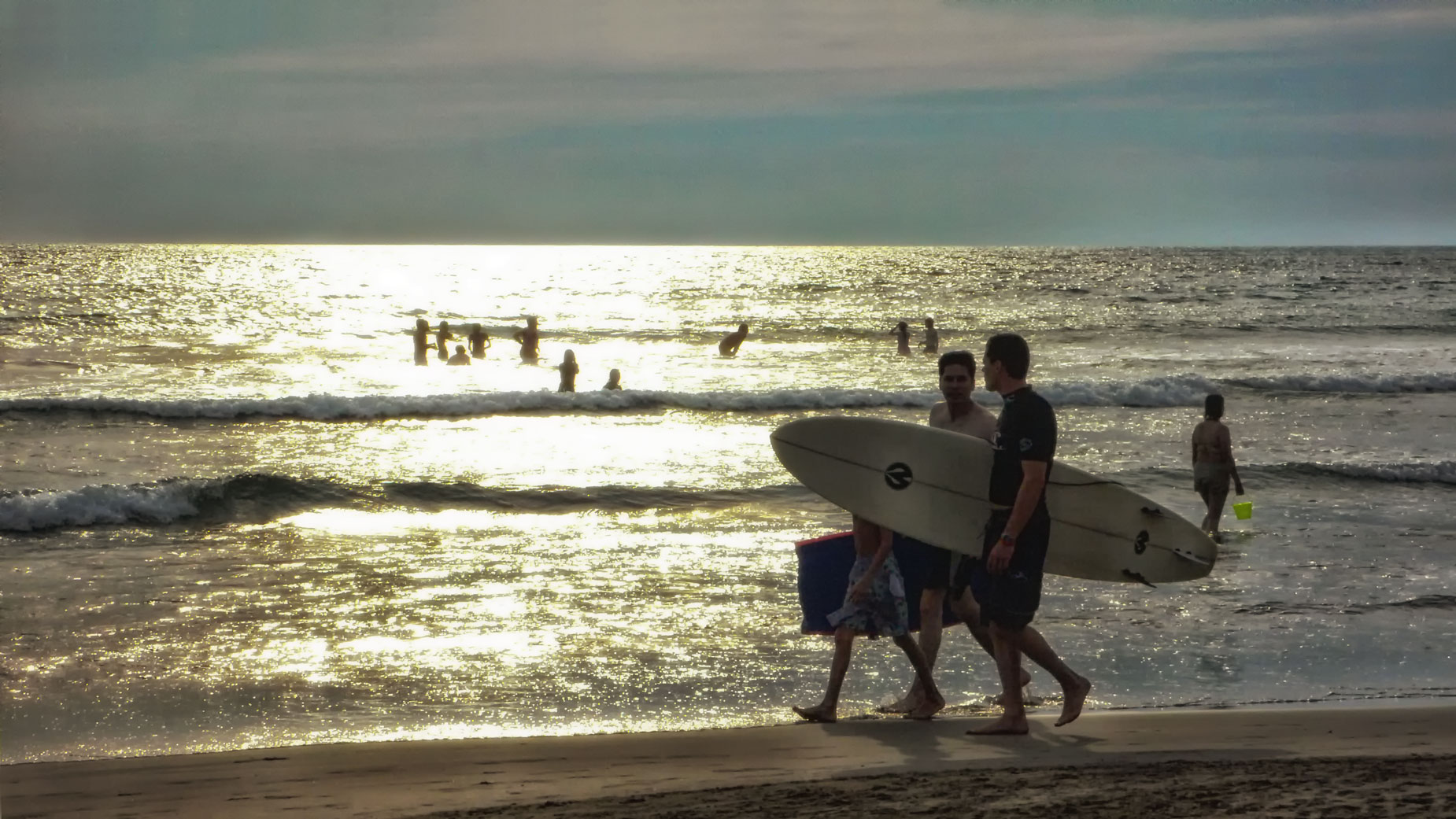Today’s Post by Joe Farace
 A few years ago I was teaching a class on travel photography at the Palm Beach Photographic Centre filling in for a famous photographer who had canceled at the last minute. During the time I was doing my Lenny Harris imitation, a couple of the students asked me why I was not shooting in Manual mode. I pointed to the camera’s dial, showing them all of the different options that wee available and saying I prefer to use the mode that fits the subject and what I was planning on shooting. It seems that the instructor at another workshop that they attended told them that she only shot in Manual mode because it was the purist form of photography. Me, I’m not a purist I just make pictures.
A few years ago I was teaching a class on travel photography at the Palm Beach Photographic Centre filling in for a famous photographer who had canceled at the last minute. During the time I was doing my Lenny Harris imitation, a couple of the students asked me why I was not shooting in Manual mode. I pointed to the camera’s dial, showing them all of the different options that wee available and saying I prefer to use the mode that fits the subject and what I was planning on shooting. It seems that the instructor at another workshop that they attended told them that she only shot in Manual mode because it was the purist form of photography. Me, I’m not a purist I just make pictures.
I’ll agree with that former instructor that obtaining accurate exposure starts with correctly setting the lens aperture, shutter speed and ISO. Today’s DSLR’s and mirrorless cameras let you choose to set the exposure manually or you let the camera do it for you, including ISO. Some purists will claim that using manual exposure is the only mode to use and you can use either a separate hand-held light meter or the metering system that’s built into your camera to determine the appropriate exposure. The truth is that for 90% of photographs you’ll make, any one of the camera’s automatic modes do a fantastic job in producing correct exposures but its those last 10% that’ll kill you.
Sometimes you have to shift into manual mode, especially when the light is at the extreme ends of brightness or darkness. Lighting situations like these extremes can sometimes confuse even the most sophisticated automatic exposure system. That’s why manual exposure can be helpful when dealing with a high subject contrast and strong backlight or when a specific mood is desired. But not the current Instagram trend of underexposing portraits to create a low key look; that really doesn’t work, IMHO.

How I Made this Photo: Sometimes I just don’t feel like lugging a DSLR (or even a film SLR) and a tripod— no matter how lightweight they may be—around all day. When the sun gets low on the horizon, I like swap my DSLR for a small point-and-shoot camera like the Leica D-Lux 2 used to make this image on the beach at Acapulco near sunset. Exposure was in Program mode at 1/2000 sec at f/8 and ISO 400. Image was tweaked in Photoshop using the Dark Contrast filter that’s part of Color Efex.
I also think manual mode is useful for those shooters who would rather drive a car with a stick shift than one with an automatic transmission. But while purists claim manual exposure mode is the only one to use, outdoors I tend to use all of the letters on the dial.
PS: Just a reminder: My Podcast #5 is now available on my YouTube channel, Joe Farace’s Videos. Also my video Why Film, Why Now is available featuring a look at a my reasons and philosophy about why I like to shoot film.